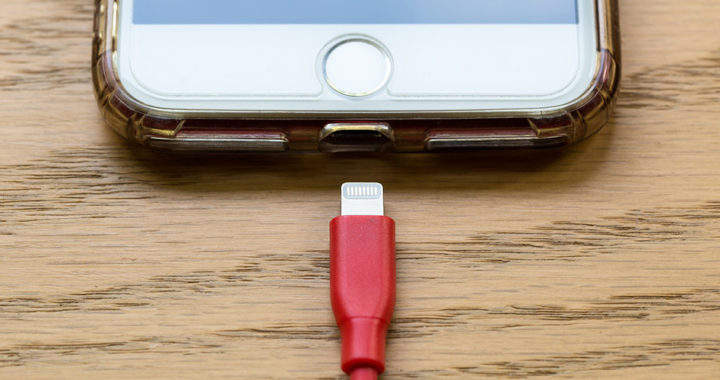Fast charging or quick charging technology has provided numerous benefits and advantages. For example, the technology has improved the usability and mobility of mobile devices such as laptops and smartphones. It has also promoted the use of batteries with higher charge capacities, particularly high-end lithium-ion batteries.
The technology has essentially promoted and expanded the usability of consumer electronic devices, thus enabling manufacturers to pack more features and allowing users to maximize the different use cases of their gadgetries. However, despite these benefits, fast charging technology has key disadvantages or more particularly, drawbacks and even dangers.
Disadvantages: The Problems With Fast Charging Technology
1. Issues About Hardware Compatibility
An evident disadvantage of fast charging is that it is hardware-specific. To be specific, there is no universal standard for this technology. Companies such as Qualcomm, Samsung, and Apple, among others use different technologies.
The lack of standardization means is that compatibility issues across different devices, batteries, and chargers are inevitable. A Samsung charger will definitely not work on an iPhone or an Oppo smartphone with VOOC fast charging is not compatible with a Huawei charger.
2. Accelerates Charge-Recharge Cycles
Another drawback of fast charging is that it forces users to extensively use their devices without minding about saving their battery charge. The technology essentially creates a habit of heavy usage. However, this is not the main problem.
The problem centers on the limited lifespan of rechargeable batteries. Specifically, a lithium-ion battery has an average of 1000 charge-recharge cycles. Reaching this limit will reduce its charge capacity by 20 to 30 percent until it becomes no longer usable. Heavy usage due to the availability of fast charging essentially accelerates the charge-recharge cycles.
3. Fast Charging and Overheating
Moreover, a noteworthy disadvantage or more specifically, a critical danger of fast charging is vulnerability to overheating. The technology works either by increasing voltage flow or allowing high current levels. Hence, a device under that charges quicker will heat up faster than normal.
Devices and batteries hardware-based and/or software-based mechanisms in place to prevent overheating. However, these mechanisms can fail due to misuse and use, such as placing a device in a hot and humid environment. Note that persistent exposures to high temperatures cause minuscule damages to hardware components.
